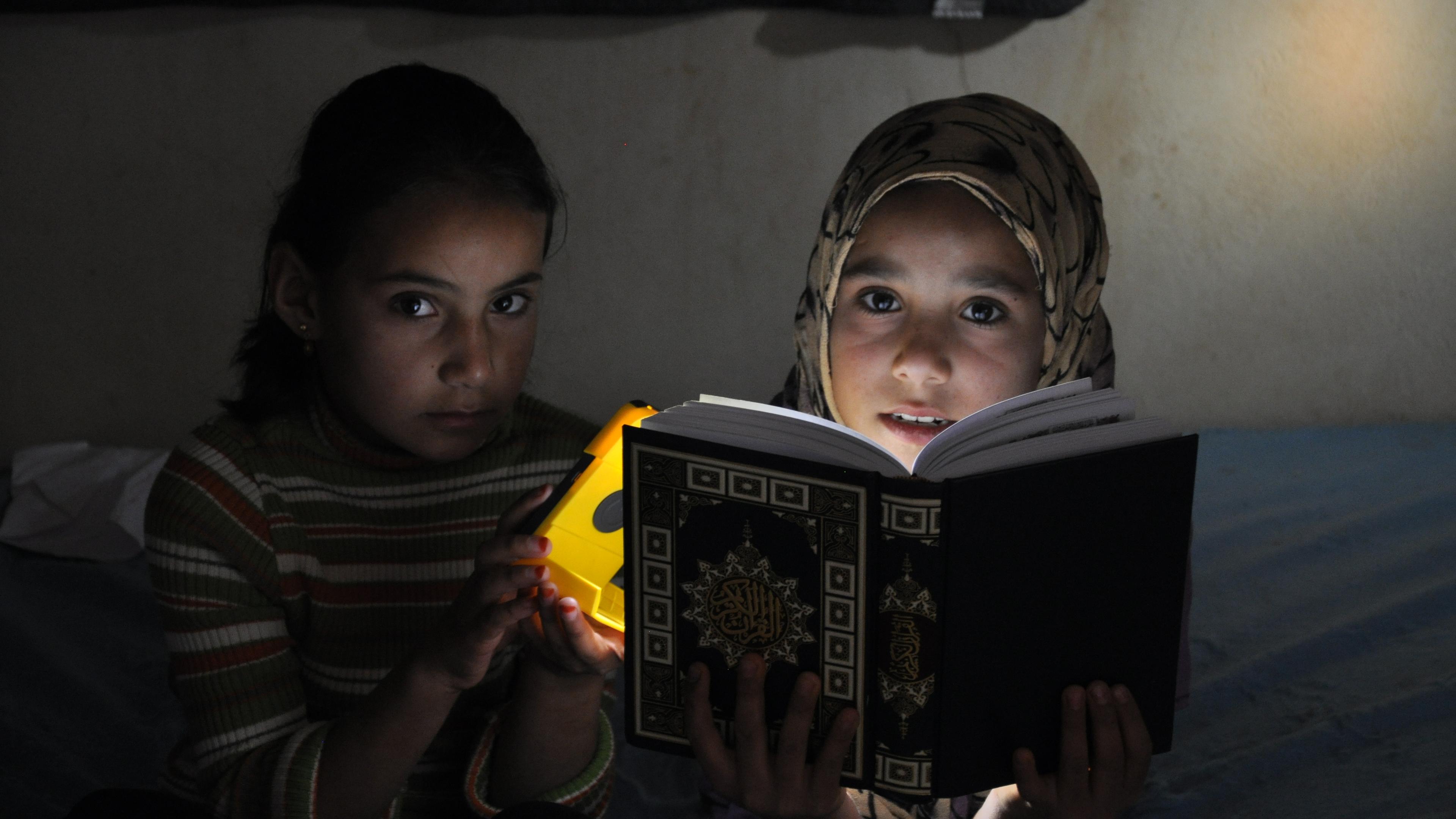IOM and partners are paving the way for a circular approach to e-waste management in humanitarian settings
 © Bright Products
© Bright ProductsScope of the project
Over the past years, solar solutions like lanterns and other off-grid solar products have been distributed to people affected by crises by humanitarian organisations. Off-grid solar products (like all things) break down or come to their end-of-life. Unfortunately, the most common disposal methods are burial, burning, latrine disposal and open landfill, which are also the most damaging for the health of communities and local environment.
This project is the first attempt to look exclusively at the issue of solar waste in displacement settings. The goal of the project was to find a cost-effective solution to repair, reuse and recycle solar lanterns and solar home systems that have been distributed in refugee settlements and put in place activities that create jobs, support livelihoods and provide business opportunities.
Lessons learned and impact
To tackle this challenge, IOM partnered with companies that have expertise in sustainable procurement, product design, manufacturing, distribution and repair, and battery recovery and re-purposing. Through the pilot, the project successfully responded to the problem of ill-managed solar e-waste through the creation of a circular economy by:
- Setting up product-collection and awareness-creation systems, employing 10 community mobilizers across Bidibidi’s five zones and the host community. The team used household visits and community meetings to collect broken lanterns, and to sensitize the communities about the dangers of poor e-waste handling.
- Establishing a repair centre where the collected items were repaired by trained technicians, using spare parts from the solar product company BRIGHT Products. By using a circular economy model, the technicians pick viable parts from spoilt lanterns to extend the life of others.
- Creating a “Bat lab” where old batteries were tested by technicians, who then assemble any viable cells into second-life battery packs.
The creation of repair markets meant job creation and income generation for both refugees and host communities. This supported social cohesion through transfer of services between the two populations. The project also increased knowledge and capacities of affected populations by communicating the dangers of mismanagement of e-waste and the benefits of repair. IOM observed a significant culture shift within the settlement, whereby technicians and customers alike were asking for increased repair services outside just solar lanterns.
The project also had significant indirect outcomes through the provision of access to energy and light. Recipients of repaired solar lanterns stated that this brought about various positive impacts, including enhanced protection against scorpions and other potential dangers during the night, and helping individuals and families feel safer. Furthermore, the repaired solar lanterns enabled community members to support one another. For example, there were instances where a lady who had a solar panel would charge the lanterns for her neighbours who didn't have access to solar energy. This act of solidarity and shared resources created a sense of community and strengthened social bonds. The impact on education was another indirect outcome. School children could utilize the lanterns at a dimmed level, allowing them to study and revise for longer hours after sunset.
The project has therefore had impactful results on affected populations, and also at the global level where foundations have been laid for systematic and transformational change based on lessons learnt from the IOM E-waste Project.
As IOM’s first project with Innovation Norway the IOM E-waste Project set the benchmark for institutional learning. The project sparked internal discussions which lead to the establishment of the Innovative Partnership Agreements that allowed partnership establishment within the bounds of IOM requirements. These templates have since been built upon and are currently being finalized by a consultant that will support IOM-private sector innovation partnerships going forward.
-These institutional changes are a significant change that has developed as an outcome of the E-waste Project and from other Innovation Norway funded projects – impacting the efficacy in which partnerships are established in future and overall improving outcomes for affected populations, as well as IOM and private sector resourcing, says Gemma Arthurson, WASH Officer at IOM and project lead for the E-waste project.
The way forward
The pilot project gained valuable outcomes for people affected by the protracted crisis in Uganda. At the same time, the project faced several challenges in identifying a viable business model, primarily due to time constraints and limitations in exploring self-sustaining income streams. Despite being able to assemble battery packs from cells sourced in and around the settlement, the project was unable to fully explore income streams such as payment for repair services and the sale of battery packs. Documentation and validation of potential income streams were insufficient, hindering the project's ability to establish a clear and sustainable financial model.
Although the potential for securing sustainable and significant income streams is considered high, further attention is required in the next project phase to address the project's financial viability. The project received the Humanitarian Innovation Programme’s scaling grant in 2023 to continue its work on rigging for scale.
Project partners
IOM have through an open market dialogue and innovation-friendly procurement process partnered with Mercy Corps, Bright Products, Solvoz and Total Energies.